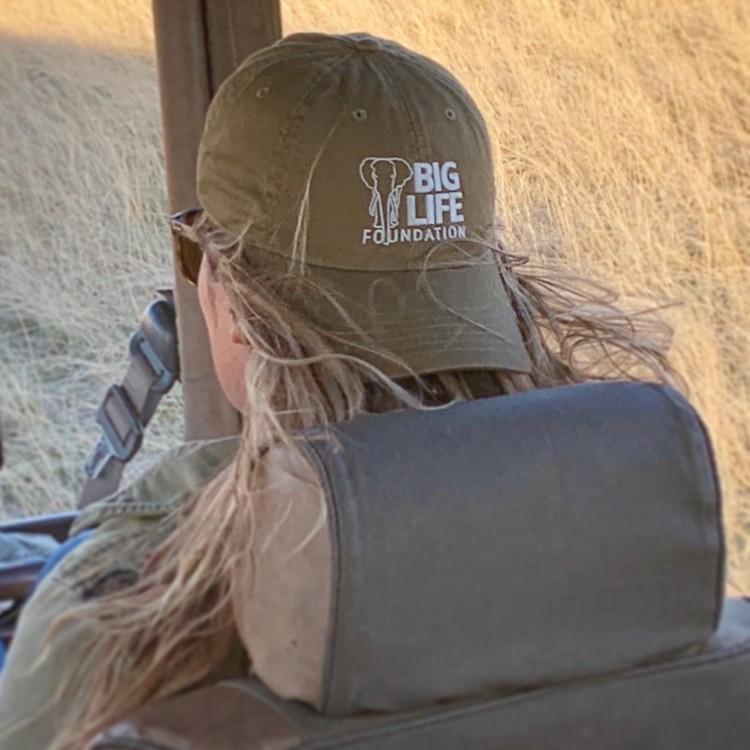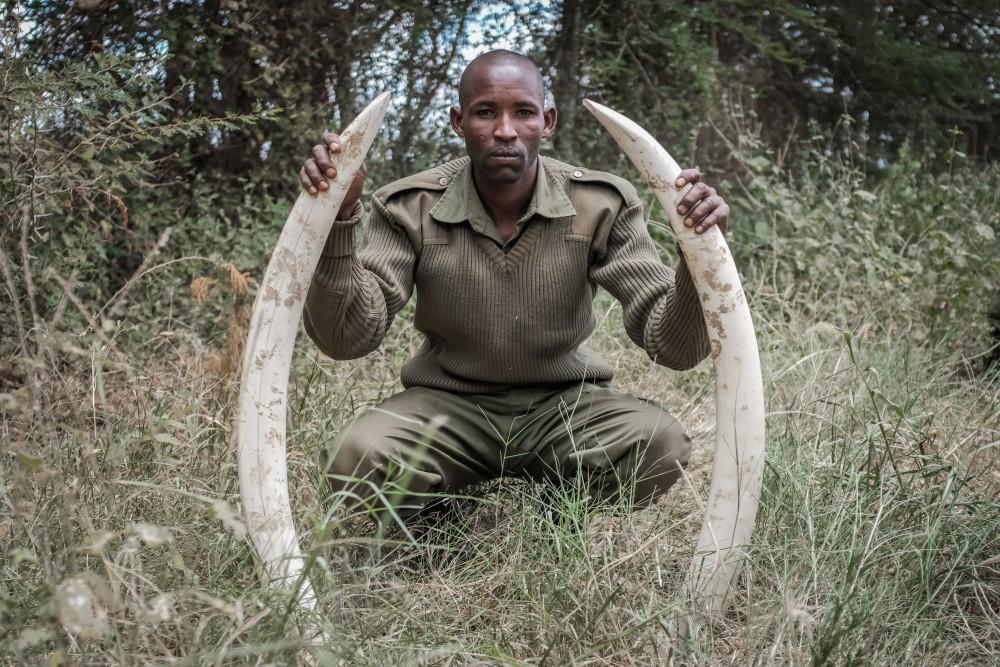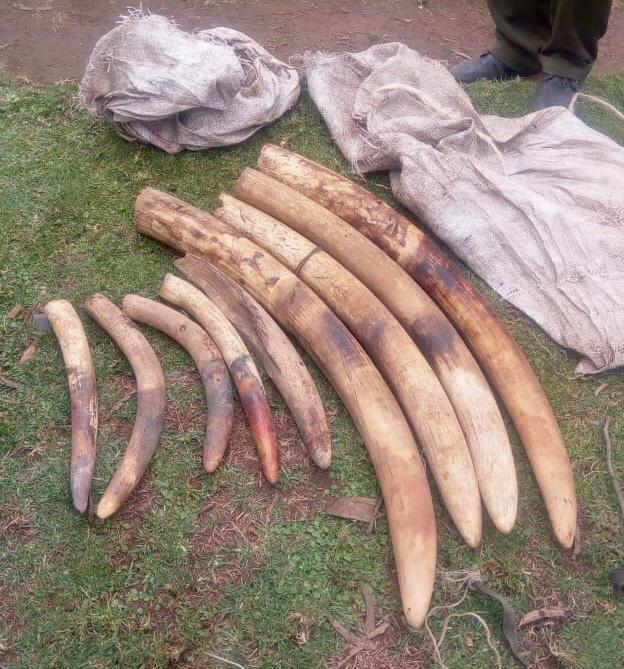You asked, and we listened. We’re excited to announce that you can now show your support of our shared mission to protect wildlife and wild lands in East Africa with Big Life branded gear!
If you’re shopping today for Cyber Monday, these items also make great gifts to share with loved ones this holiday season.
Sustainable, eco-friendly holiday gift options include: water bottles, totes, t-shirts, hoodies, ball caps, beanies, coffee mugs, stickers, and more.




